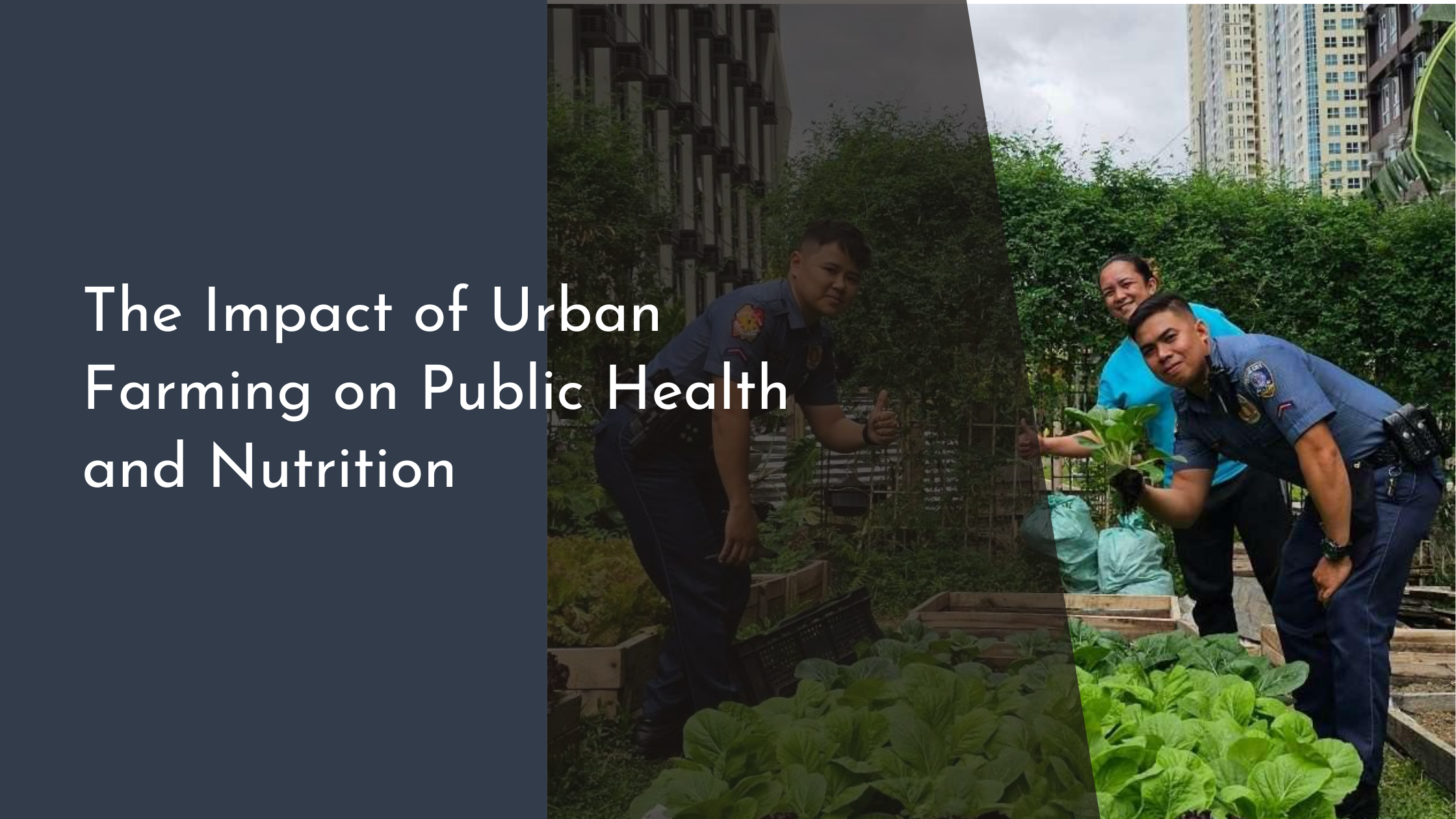The Impact of Urban Farming on Public Health and Nutrition
Urban farming is rapidly transforming cityscapes around the globe, offering a fresh and sustainable approach to urban living. As more people flock to urban areas, the demand for fresh produce and healthier lifestyle options has led to a green revolution within cities. This article explores how urban farming is not only greening our cities but also boosting nutrition and enhancing public health.
Urban Farming: A Green Revolution in Cities
Urban farming is the practice of cultivating, processing, and distributing food in or around urban areas. This movement is reshaping city environments by integrating nature into otherwise concrete surroundings. Green rooftops, vertical gardens, and community plots are popping up in cities worldwide, providing fresh produce and reducing the urban heat island effect. As urban areas expand, urban farming offers a viable solution to bring nature back into the cityscape, fostering biodiversity and improving air quality.
The benefits of urban farming go beyond environmental impacts; it represents a social and economic revolution. By turning vacant lots and underutilized spaces into productive gardens, urban farming addresses food deserts—areas with limited access to affordable and nutritious food. It encourages community engagement and provides educational opportunities about sustainable practices and healthy eating. These farms can also create jobs and support local economies, demonstrating the multi-faceted impact of this green revolution in cities.
Boosting Nutrition with Local Harvests
Urban farming provides a direct source of fresh, nutritious produce, which is often more flavorful and nutrient-rich than store-bought alternatives. Locally grown fruits and vegetables do not have to travel long distances, reducing the time between harvest and consumption. This freshness preserves essential vitamins and minerals, offering urban dwellers the nutritional benefits that come with ripe, seasonal produce. By having access to local harvests, city residents can enjoy a diverse and balanced diet that might otherwise be out of reach.
Moreover, urban farming encourages the cultivation of a variety of crops, including heirloom and forgotten varieties that are not typically found in supermarkets. This diversity can help combat malnutrition by broadening the range of nutrients available to consumers. In addition, urban farms often promote organic methods and avoid harmful pesticides, further enhancing the nutritional quality of the produce. By integrating these practices, urban farming plays a crucial role in boosting the overall nutritional status of urban populations.
Enhancing Public Health Through Fresh Produce
Access to fresh produce has a profound impact on public health, reducing the risk of chronic diseases such as obesity, diabetes, and heart disease. Urban farming initiatives increase the availability and accessibility of fresh fruits and vegetables, encouraging healthier eating habits among city dwellers. With more fresh produce options readily available, individuals are more likely to consume the recommended daily intake of fruits and vegetables, leading to improved health outcomes.
Urban farming also promotes physical activity and mental well-being. Participating in gardening and farming activities can serve as a form of exercise, helping to maintain physical fitness. Furthermore, these activities provide a therapeutic outlet, reducing stress and enhancing mental health. The sense of community fostered by urban farming projects also contributes to improved social well-being, as individuals come together to cultivate and share the fruits of their labor. Thus, urban farming enhances public health not only through nutrition but also through fostering an active and socially connected lifestyle.
Conclusion: Cultivating a Healthier Future
Urban farming is more than just a trend; it is a sustainable solution to many of the challenges faced by modern cities. By integrating agriculture into urban settings, cities can become more self-sufficient, resilient, and environmentally friendly. The benefits of urban farming extend beyond the provision of fresh produce; they encompass environmental, social, and economic dimensions that contribute to a healthier urban future.
As we look towards a future with increasing urban populations, the importance of urban farming becomes ever more apparent. By embracing this green revolution, cities can cultivate healthier communities and environments. Urban farming stands as a beacon of hope, offering a pathway to sustainable living and improved public health. Through continued innovation and community involvement, we can ensure that urban farming remains a vibrant part of our cities, nurturing both people and the planet.

